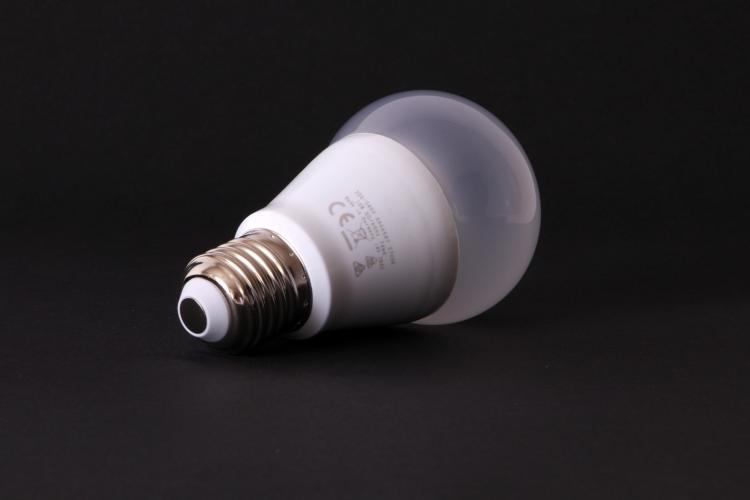
In February, the U.S. Department of Energy (DOE) issued a proposal to roll back light bulb efficiency standards set to take effect in 2020.
Enacted under the Bush Administration, the Energy Independence and Security Act of 2007 (EISA) contained three main provisions: vehicle mileage standards, appliance efficiency standards and lighting efficiency standards (only the lighting efficiency standard is affected by DOE’s proposed rule). Initially, the most common bulbs, such as household A-lamps, were required to meet a higher lumens-per-watt standard, and less common lighting types like globe and decorative bulbs were exempted. In 2017, these exemptions were removed, making high-efficiency CFLs and LEDs the standard of lighting for nearly all household lamps.
The Proposed Rollback, Explained
The DOE’s latest notice seeks to reinstate these exemptions, allowing inefficient bulbs back on the market. As a result, by 2025 the average household is projected to miss out on $180 in annual savings–that’s $22 billion nationwide in unnecessary energy spending.
A decision regarding the continued exemption is expected to be released later this year.
How to Submit Comments on DOE’s Proposal
DOE’s proposal is currently open to public comments until April 12. If you would like to submit comments, they can be directed by email to GSL2018STD0010@ee.doe.gov. The docket RIN number 1904–AE26 must be included in the subject line of the message.
For more information about the rollback or efficient lighting, please contact me at nmoshage@mwalliance.org.